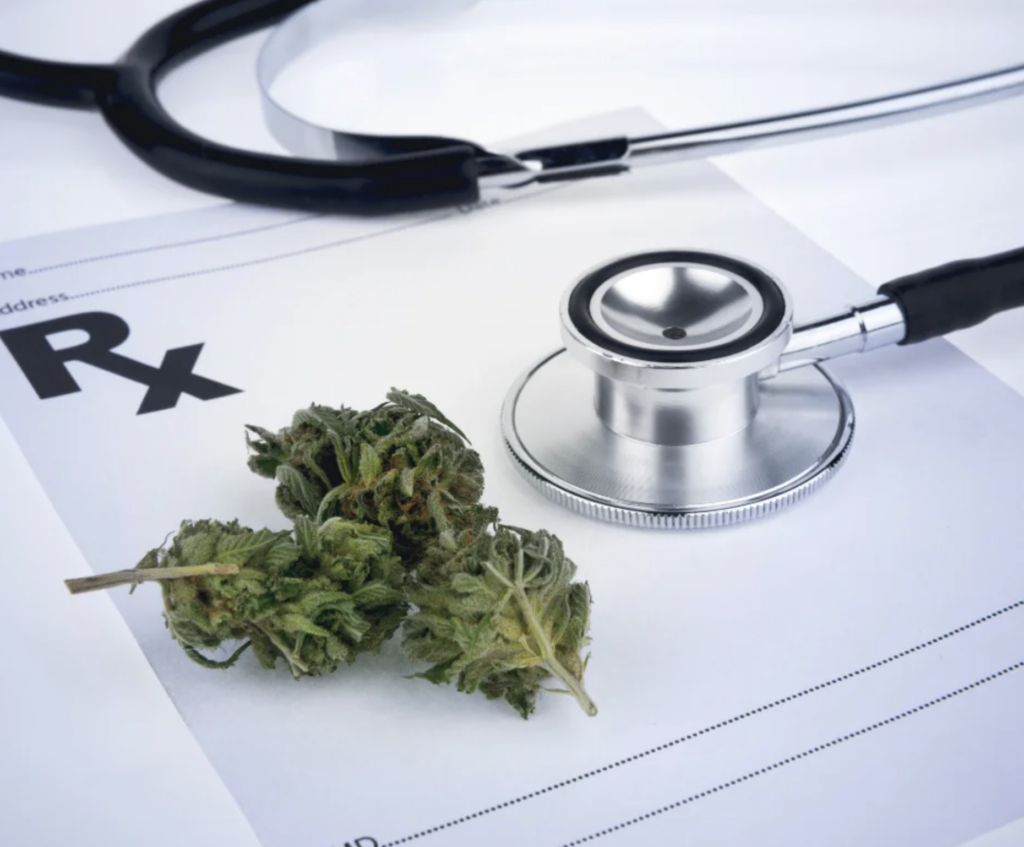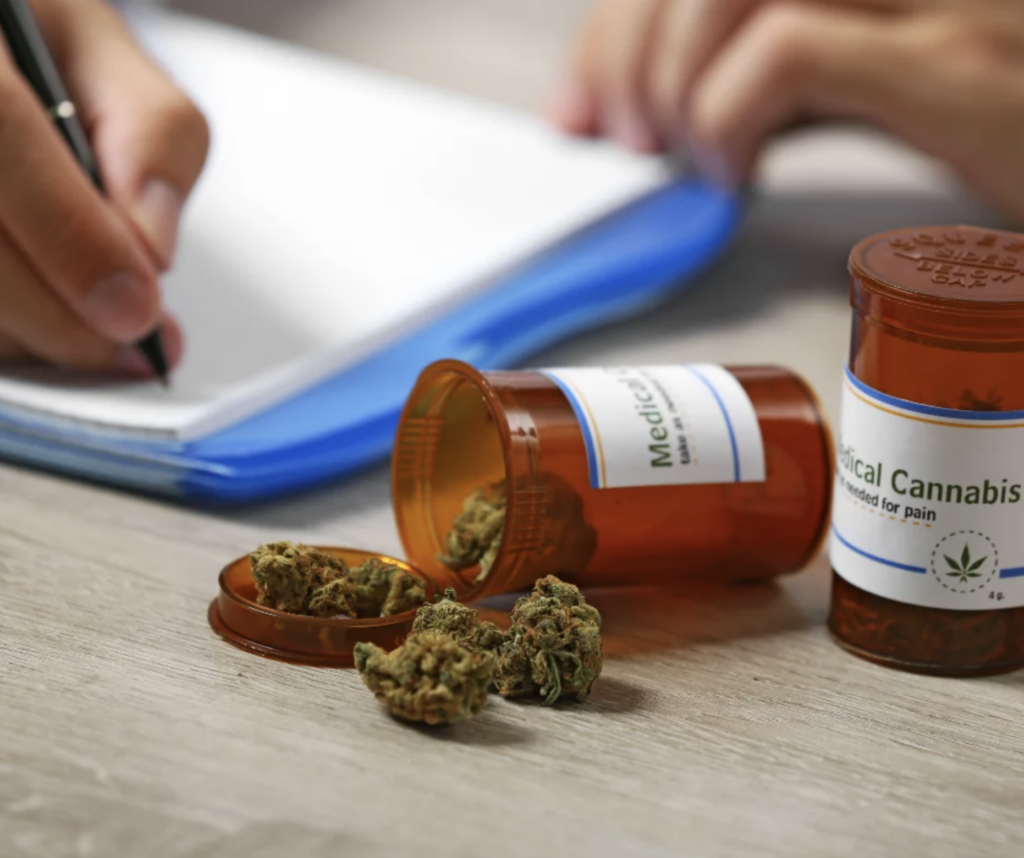
Medical cannabis is legal in 37 states, according to information found on the National Conference of State Legislators (NCSL) website. It wasn’t long ago that medical cannabis was not accessible in our country. Medical cannabis has a history in the United States of America. It isn’t something that just popped up overnight or over the last few years. Medical cannabis is not a consumer trend or a fad that will pass.
Medical cannabis was part of the United States Pharmacopeia up until 1942 when it was removed. Until then, there was a long list of different symptoms cannabis helped with and was prescribed for. The discovery of cannabinoids was relatively new as far as science goes when this happened. In 1940, a British chemist named Robert S. Cahn became the first person to discover CBD. Two years later, American chemist Roger Adams would be the first to isolate this compound. The discovery of CBD and a deeper understanding of it is what ultimately led to the unveiling of THC.
Not much more was done in the way of research regarding cannabis after this. Studies by creditable medical researchers such as those from the New York Academy of Medicine would go on to say the anti-cannabis propaganda of the reefer madness campaign was based on a foundation of falsehood and mistruths. During the 1970s, the Schaefer committee on marijuana also formed the same opinion. The United States federal government kept cannabis from the people with the signing of the 1937 MJ Tax Act.
They continued their heinous stance against this misunderstood plant with the 1972 Controlled Substance Act classifying cannabis as a schedule 1 drug with no official medical use and a high potential for addiction and abuse. The federal government still maintains this outdated draconian stance against cannabis while the rest of the nation has finally started listening to the will of the people instead of continuing to support private agendas. With medical cannabis legal in so many places, more people than ever before are getting their medical marijuana cards.
A medical marijuana card is also called an MMJ card, and some prefer to reference marijuana as cannabis and call it a medical cannabis card. This card is issued to individuals after they meet state requirements to gain legal access to medical cannabis. With a medical marijuana card, patients can legally go into medical cannabis dispensaries and purchase cannabis, and in some states cultivate cannabis at home.
Why Do People Get Medical Marijuana Cards?
People choose to get medical marijuana cards for several reasons. The obvious is so that they can have legal access to cannabis. The reasons that you might not see can vary as they are many. Another common reason people get their MMJ card is that they are replacing or supplementing prescription or street drugs. Cannabis has a lot of different medical properties despite its schedule 1 status. Patients are using cannabis to beat addiction and dependency on other substances.
Cannabis can help control the symptoms associated with mild pain, inflammation, nausea, migraine headaches, loss of appetite, insomnia, PTSD, depression, stress, chronic pain, menstrual cramps, seizure disorders, and more. Some people might argue that more research is needed, and they’re right. But, that doesn’t mean that there isn’t research out there. There’s loads of information supporting cannabinoid therapies, and multiple benefits have been proven via research that can be found all over the NCBI website.

When is the Right Time to Get a Medical Marijuana Card?
If you experience pain and discomfort for one of many multiple reasons and are interested in utilizing the medicinal and therapeutic benefits of medical cannabis, then now is the time to get your medical marijuana card.
Getting a medical cannabis card is about more than just having legal access to cannabis. It’s about having access to improving your quality of life. Cannabis has many different medicinal and therapeutic attributes. It also has the huge benefit of not coming with the many potentially dangerous side effects commonly associated with over-the-counter and prescription drugs.
Many people who have never even tried cannabis before are making a choice to give it a try now. They are hearing and seeing the results other people have achieved, and they want to experience similar results. Cannabis can work a little bit differently for everyone. Those who are new to cannabis should take it low and slow as it will likely be much more effective due to tolerance. Less is more and learning to use the right amount of cannabis to achieve the desired results makes for an enjoyable and affordable alternative to managing symptoms otherwise controlled by some form of pharmaceutical.
It’s not always about switching to cannabis and getting rid of everything else you’re prescribed. In fact, cannabis works as an excellent companion with many different prescriptions. The common side effects associated with many prescription drugs are nausea, headaches, and stomach cramps. This is where the anti-inflammatory, antioxidant, and antiemetic properties of medical cannabis really help. By helping control these symptoms, they can, in essence, make other prescription medications work more efficiently.
How Do I Get a Medical Marijuana Card?
Are you ready to get your medical marijuana card? If you answered yes, there are a few things you need to know. The first thing you need to do is, see if you live in a state that has a legal, medical cannabis program in place. The next thing you need to do is go to your state’s website for medical cannabis and see what the list of qualifying conditions is. These are usually conditions such as PTSD, extreme nausea, epilepsy, cancer, Parkinson’s disease, and others.
If you feel that you have one of the qualifying conditions, the next step is to make an appointment with a certified MMJ doctor. Different states have different processes for receiving approval for a medical marijuana card. In some states, you will have to schedule an appointment and physically visit a doctor. In other states, telemedicine allows you to schedule an appointment with a certified medical marijuana doctor over a video call.
Once you have spoken with a medical marijuana doctor and received their recommendation for medical cannabis, you submit your application with appropriate information to the state for final approval of your information to receive a valid state-issued medical marijuana card. As you can see, it is not very hard to get legal access to medical cannabis. Getting a legal, medical cannabis card doesn’t happen overnight. It is a process that usually takes an average of 2 weeks to a month from the time of submitting your recommendation and information to the state. If you feel you qualify for a medical cannabis card and are ready to get one, there’s no better time than now.
Disclaimer: The information, including but not limited to, text, graphics, images and other material contained in this article is for informational purposes only. No material from this article is intended to be a substitute for professional medical advice, diagnosis, or treatment. Always seek the advice of your physician or other qualified health care provider with any questions you may have regarding a medical condition or treatment before undertaking a new health care regimen. Never disregard professional medical advice or delay in seeking it because of something you have read on this website.
